Potstickers or Dumplings: What’s the Real Difference?
Potstickers and dumplings represent two delightful variations of stuffed dough pockets loved across many Asian cuisines.
Tasty morsels often spark confusion among food enthusiasts who wonder about their distinctive qualities.
The subtle differences between them actually stem from cooking methods rather than ingredients alone.
Traditional potstickers get their name from the unique pan-frying technique that creates a crispy bottom.
Both options offer endless filling possibilities from savory meats to vegetable medleys wrapped in thin dough.
Cultural significance adds another layer to understanding these beloved treats as they appear at family gatherings and celebrations worldwide.
Ready to unravel more secrets about these mouthwatering delicacies and learn which might become your new favorite?
The Overview of Dumplings
Dumplings are a broad category of dishes consisting of small pieces of dough, often filled with meat, vegetables, or sweets. They are found in many cuisines worldwide, with variations in shape, filling, and cooking method.
Dumplings can be boiled, steamed, fried, or baked, and are enjoyed as snacks, appetizers, or main courses.
Common types include Chinese jiaozi and wontons, Japanese gyoza, Eastern European pierogi, and Italian ravioli.
Dumplings are beloved for their comforting texture, versatility, and the way they combine simple ingredients into flavorful bites.
Each culture adds its own twist through unique fillings, wrappers, and cooking methods, making dumplings incredibly diverse.
A Brief History Of Dumplings
Dumplings rank among the world's oldest foods, with their history stretching back thousands of years. Chinese dumplings, commonly known as Jiaozi, likely have the longest heritage of all versions.
Many scholars credit Zhang Zhongjing, a medical practitioner from the Eastern Han dynasty (25-220 AD), as the creator of this beloved dish. Ancient Roman texts also mentioned dumpling recipes, showing their widespread popularity across different civilizations.
Throughout history, numerous countries developed their own unique dumpling variations, each with distinct fillings, shapes, and cooking methods. These little pockets of flavor have truly stood the test of time, evolving across cultures while maintaining their essential form of wrapped dough filled with savory ingredients.
Popular Type Of Dumplings
Dumplings come in so many types around the world that it's hard to keep track of them all. Here are well-known types across the world.
Wonton
Wontons are a type of dumpling usually served in broth, making them different from other dumplings. Popular in China (especially Shanghai and Hong Kong) and Taiwan, they’re also enjoyed across East and Southeast Asia. Wontons are often filled with ground pork or shrimp and can be served in clear or thick soup.
Gyoza
Gyoza is a popular Japanese dumpling often found at ramen shops and restaurants. It’s made with a thin dough wrapper filled with ground meat, mushrooms, and veggies. You can boil, pan-fry, or deep-fry gyoza until crispy and delicious.
Banku
Banku is a common dish in Ghana and other parts of Africa. It’s not filled like typical dumplings but made from fermented corn and cassava dough. People usually eat it with their hands, pairing it with soups, stews, or meat dishes.
Joshpara
Joshpara is a dumpling popular in Central Asia and the Middle East, especially among Muslim communities. It’s made from unleavened wheat dough and filled with ground meat, onions, and spices, never pork. You can eat it alone or in a light soup. In Arabic, it’s called Shishbarak.
Banh Bot Loc (Vietnamese Tapioca Dumplings)
Banh Bot Loc is a traditional Vietnamese dumpling with a chewy, transparent skin made from tapioca starch. You can see the shrimp or pork inside. It’s usually enjoyed with sweet chili fish sauce.
Gnocchi
Gnocchi is an Italian dumpling made without filling. It’s made by shaping dough from potatoes, eggs, cheese, and sometimes flour into small pieces about the size of a wine cork. Gnocchi is usually served as a side dish or first course with melted butter or various sauces.
Poutine Râpée
Poutine Râpée is a traditional Acadian dish from Canada. It looks like a large dumpling filled with minced pork. It’s often served with beer, corned beef, or duck stew, making it a hearty meal perfect for cold weather.
Potstickers: The Story Unveiled
Potstickers, known as “guotie” in Chinese, are a beloved type of pan-fried dumpling with a rich cultural history. Over time, potstickers have become popular worldwide, especially in American-Chinese cuisine, where they’re enjoyed as appetizers, snacks, or part of meals.
They are typically filled with ground pork, cabbage, and seasonings but can include a variety of meats, vegetables, or even seafood.
The potsticker’s appeal lies in its delightful combination of textures and savory filling, making it a comforting yet satisfying bite that bridges traditional cooking techniques with modern tastes.
The History of Potstickers
Potstickers have an origin shrouded in mystery, though several myths hint at their beginnings somewhere during the Song dynasty, about 700 years after the Han dynasty ended. One popular Chinese tale claims a royal chef in the imperial kitchen accidentally overcooked some dumplings by leaving them on the stove too long.
Instead of throwing away the burned batch, he served them to the court since there wasn't enough time to make new ones. Much to his surprise, everyone adored these crispy-bottomed dumplings with great enthusiasm.
The cooking method gained popularity throughout the empire as word spread about this delicious accident.
Variety In Potstickers
Potstickers fall into the broader dumpling category, but they don't offer nearly as much variety as their dumpling relatives. These tasty treats suffer from a real limitation when it comes to creativity and range.
The main difference between potsticker types comes down to what's inside them - nothing more complex than that. You can find potstickers filled with chicken, lamb, beef, shrimp, or fish, but the basic concept remains unchanged regardless of the filling.
Most restaurants serve essentially the same potsticker experience with just minor variations in the meat or seafood tucked inside.
Similarities Between Potstickers And Dumplings
Both potstickers and dumplings celebrate the art of encasing flavorful fillings in dough, making them beloved comfort foods worldwide. Keep reading to find out their similarities.
Cooking Method
Dumplings and potstickers share similar cooking methods like boiling, frying, baking, and steaming, usually taking 15–20 minutes depending on size. Most Chinese restaurants use steamers, pans, or pots.
Potstickers require an extra step to get a crispy bottom: they’re first fried on one side, then steamed or boiled to cook the filling fully.
Nutritional Value
Both dumplings and potstickers have similar nutritional content since their fillings are alike. They provide calories, fats, carbs, protein, and fiber - enough for a meal if portioned well.
However, they’re often high in carbs and fats, so eating them in moderation is important for a balanced diet.
Serving Style
Dumplings and potstickers can be enjoyed as a meal alone but are often served with tea, noodles, or salad in restaurants. You can eat them with your hands or chopsticks.
Just be careful - freshly cooked dumplings and potstickers are hot, so allow a moment before biting in.
Differences Between Potstickers And Dumplings
Differences between these items range from subtle details to major distinctions worth knowing about. Check this table for more ideas.
| Category | Dumplings | Potstickers |
| Filling | Can have filling or be plain; fillings vary widely | Always have filling—meat, seafood, or vegetables |
| Dough Thickness | Skin thickness varies; can be thick or thin | Skin is always thin to allow crispness when fried |
| Shape | Various shapes, mostly rounded | Uniform crescent (half-moon) shape with pinched edges |
| Popularity | Found globally across many cuisines | Primarily popular in East and Southeast Asia, especially China; less widespread globally |
Filling
Dumplings are incredibly versatile and can be made either with fillings or completely plain, depending on the type and regional tradition. Fillings vary widely and can include ground or chopped meats, seafood, vegetables, or even sweet ingredients.
Some dumplings, like certain types of steamed buns or dough pockets, may have no filling at all. Potstickers, on the other hand, always contain a filling - commonly ground pork, shrimp, or a mixture of vegetables and meats.
Dough Thickness
The dough skin of dumplings varies greatly in thickness depending on the recipe, cultural origin, or cooking method. Dumplings may have thick, chewy wrappers or thin, delicate skins, offering a wide range of textures.
In contrast, potstickers always use a thinner dough skin designed specifically to become crispy on one side when pan-fried. This thinner wrapper is essential for achieving the signature contrast of textures potstickers are known for, the tender steamed top and the crispy fried bottom.
Shape
Dumplings appear in a variety of shapes and folding styles around the world. They can be rounded, pleated, folded into purses, or even shaped like half-moons or squares, depending on the tradition and filling.
Potstickers, however, have a distinct and uniform shape: a crescent or half-moon with tightly pinched edges that seal in the filling. This consistent shape not only makes potstickers visually recognizable but also aids in their specific cooking technique of frying then steaming.
Popularity
Dumplings are a global culinary staple found in nearly every culture. Their widespread presence makes dumplings one of the most universally loved foods worldwide.
Potstickers are a subset of dumplings that originated in northern China and are particularly popular throughout East and Southeast Asia. While they have gained popularity internationally, especially in North America through Asian cuisine, their recognition and variety remain more regionally concentrated compared to the global reach of dumplings in general.
Availability
Both dumplings and potstickers are widely available in frozen form at supermarkets around the world, making them convenient and accessible. For fresh, authentic varieties, Asian markets, Chinatown grocery stores, and specialty shops are the best places to look.
These fresh options typically offer better texture and flavor, allowing you to experience the traditional qualities of each dumpling type as intended by their respective cultures.
Potstickers vs Dumplings: Which One is Healthier?
Steamed or boiled dumplings with vegetable fillings generally make the healthiest choice. Potstickers are delicious but slightly higher in fat and calories due to frying.
Moderation and cooking methods are the biggest factors in making either option a healthy part of your diet.
What To Serve with Dumplings & Potstickers
Serving dumplings and potstickers with these sides creates a balanced, flavorful meal perfect for sharing.
Sauces & Dips
Side Dishes
Got Questions? We’ve Got Solutions
1. Are potstickers and dumplings the same thing?
Potstickers are actually a type of dumpling! All potstickers are dumplings, but not all dumplings are potstickers. Potstickers specifically refer to Chinese dumplings that are pan-fried on one side, creating a crispy bottom.
2. Which is easier to make at home?
Basic boiled or steamed dumplings are generally easier for beginners since they don't require the pan-frying technique that potstickers need. With potstickers, you need to master the fry-steam-fry method to get that perfect crispy bottom.
3. Do they use different wrappers?
Both can use similar wrappers, but potsticker wrappers tend to be slightly thicker to withstand the pan-frying process. Regular dumplings might use thinner wrappers, especially when they're just being boiled or steamed.
4. Which one is healthier?
Steamed or boiled dumplings typically contain fewer calories since they aren't fried with oil. Potstickers have that delicious crispy bottom but include a bit more oil in the cooking process.

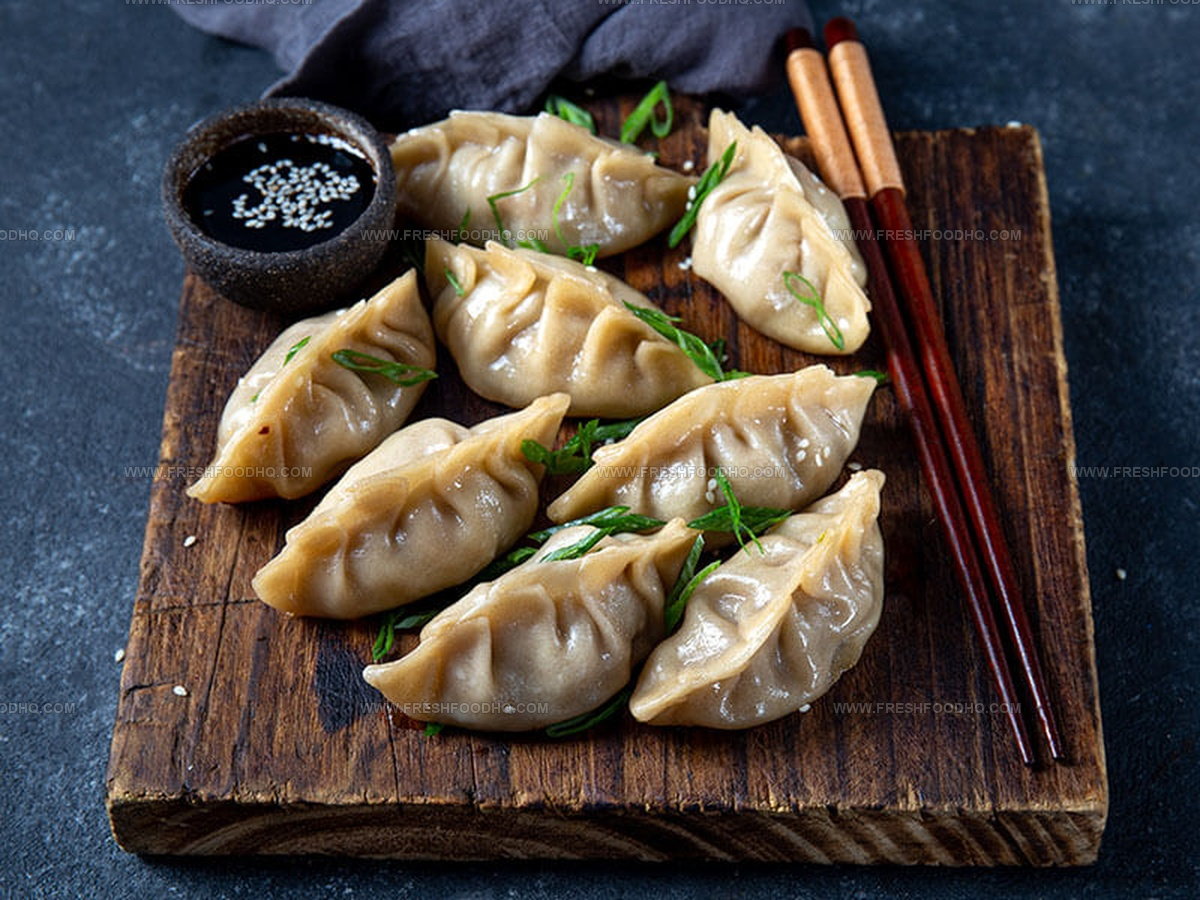
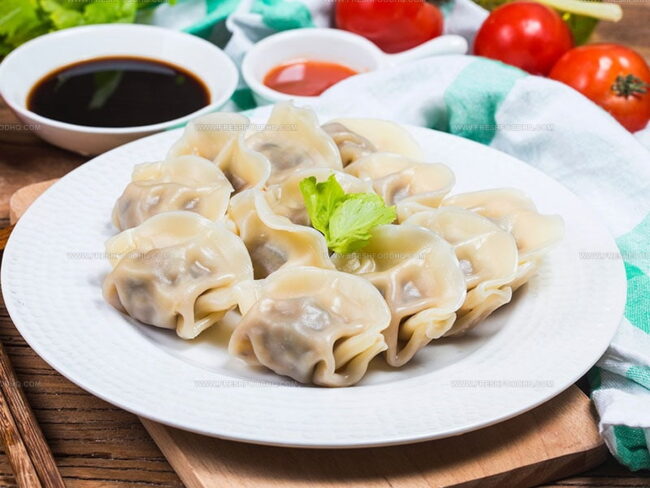
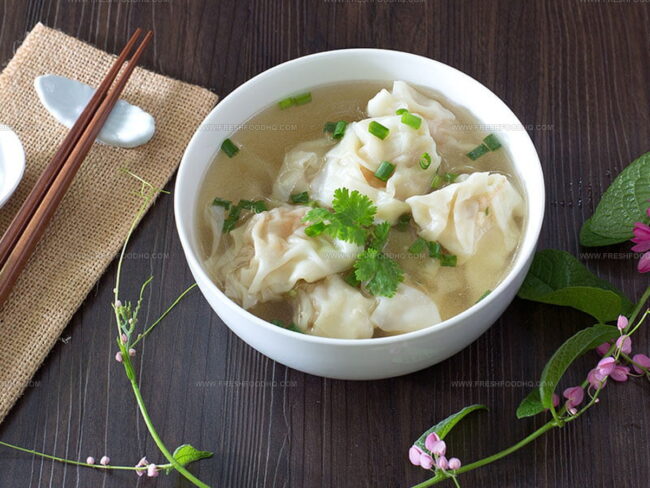
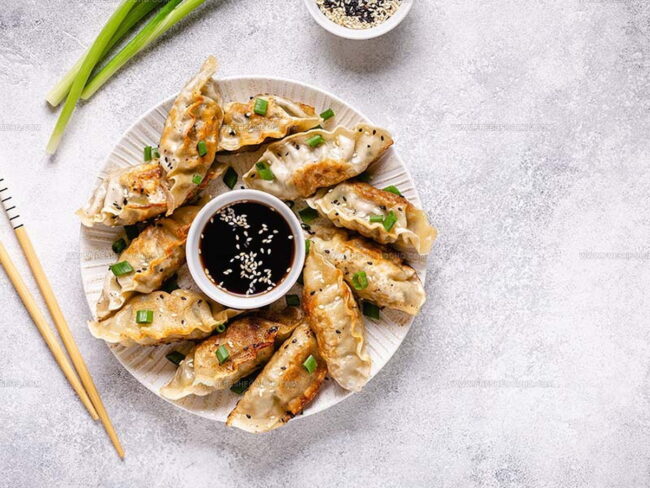
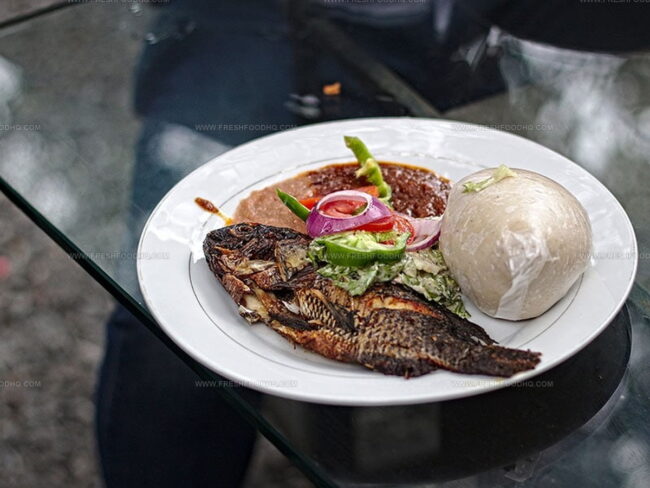
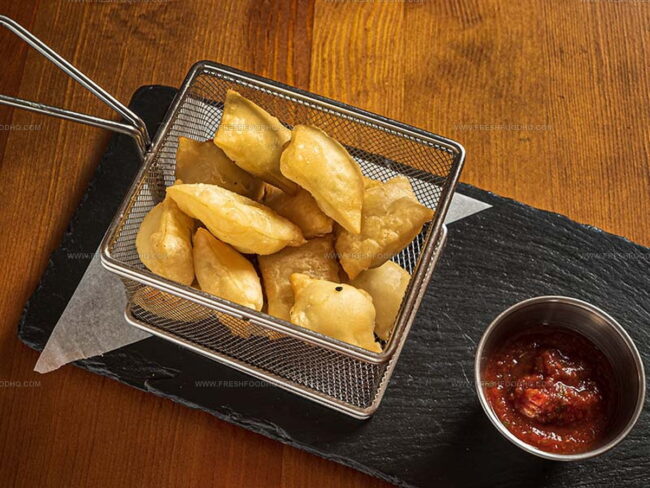
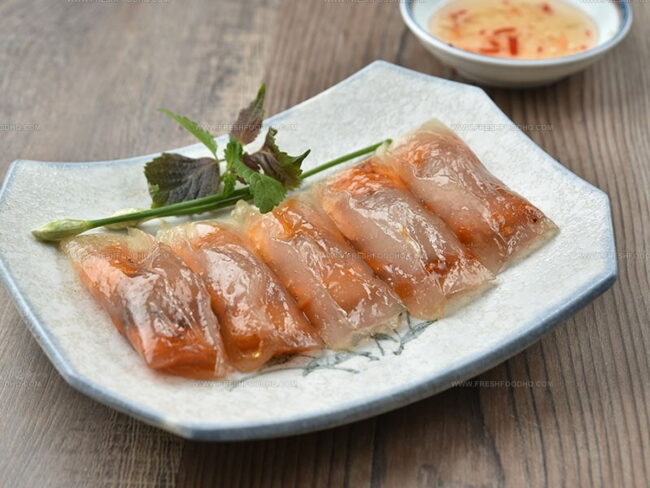
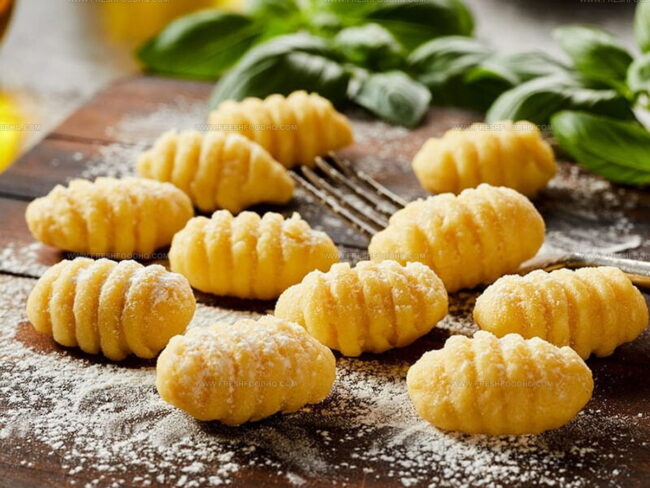
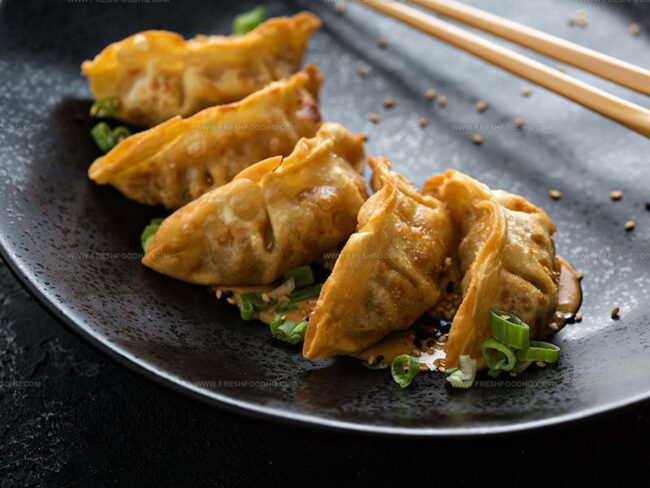
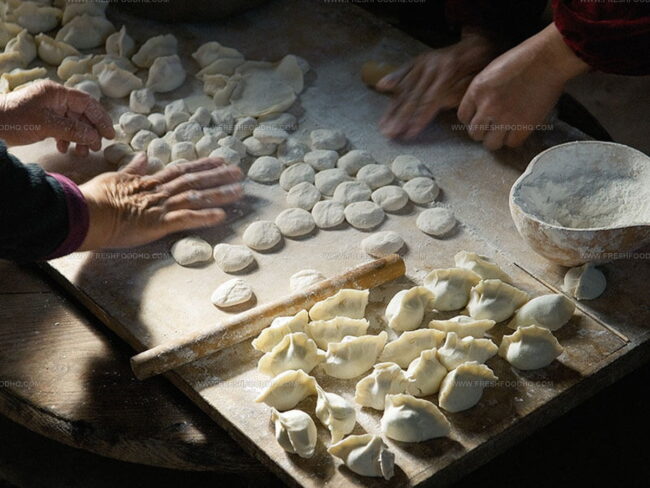
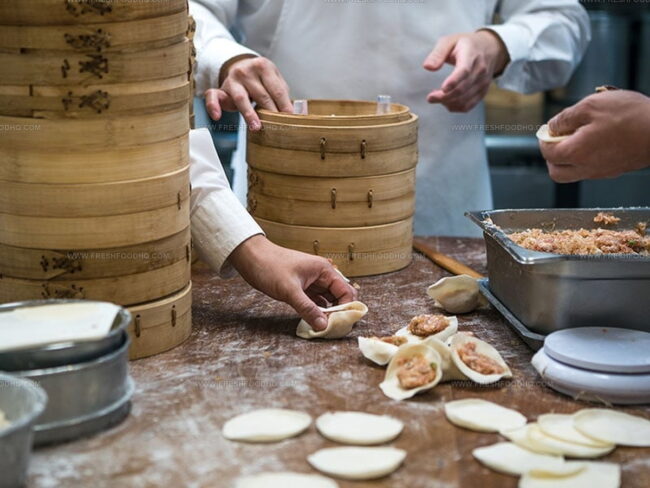
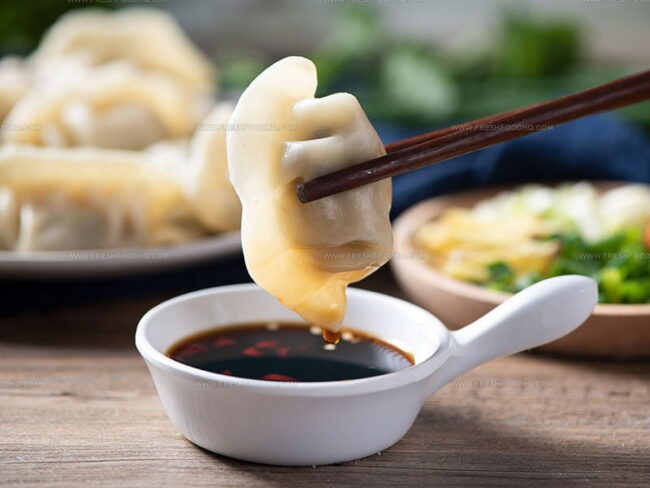
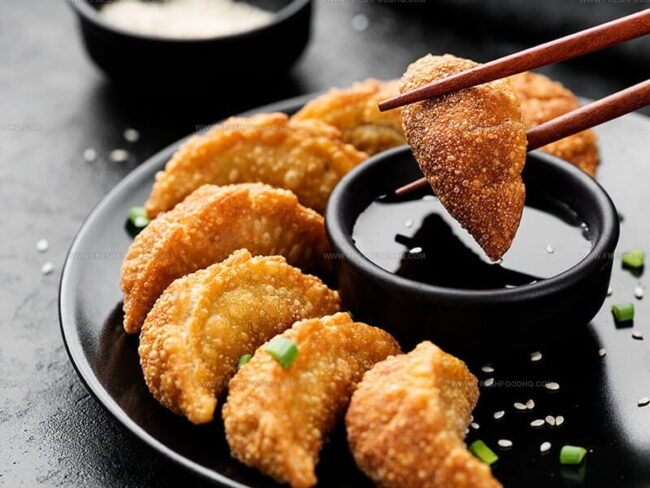
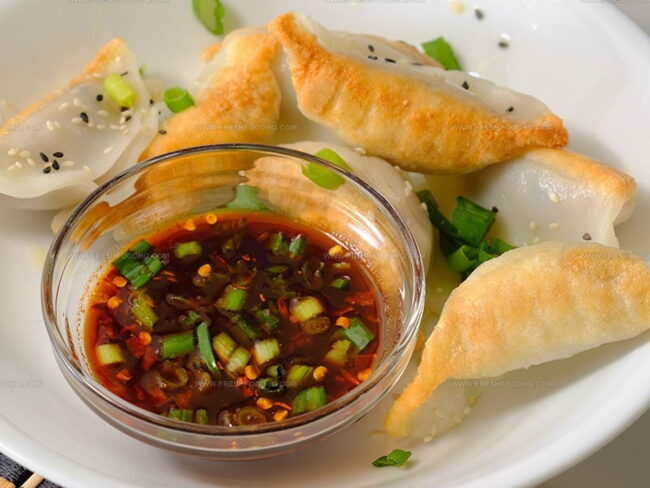
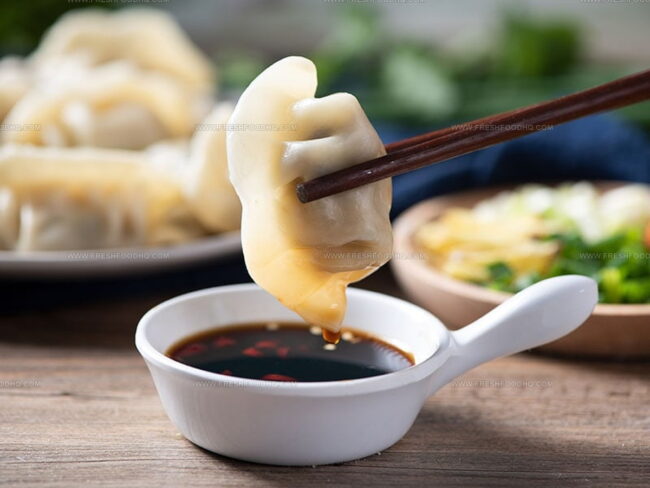
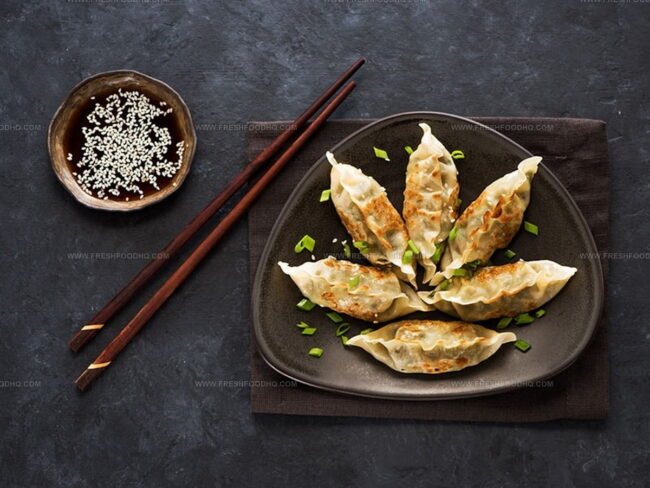
Samantha Lee
Recipe Developer & Content Creator
Expertise
Plant-based and vegetarian recipes, Recipe testing and development, Food blogging and digital content creation, Culinary education and workshops
Education
Oregon Culinary Institute (Portland, OR)
Samantha sees cooking like painting, every fresh herb, every juicy tomato, a new splash of color on a canvas.
After graduating from Oregon Culinary Institute, she blended her love of global cuisines and plant-based cooking into recipes that feel fresh, fearless, and full of heart.
Samantha’s kitchen is a place where comfort food gets a modern remix and every meal feels like a little adventure. When she’s not cooking, she’s out exploring farmers’ markets, sketching new recipe ideas, or getting her hands dirty in a community garden.